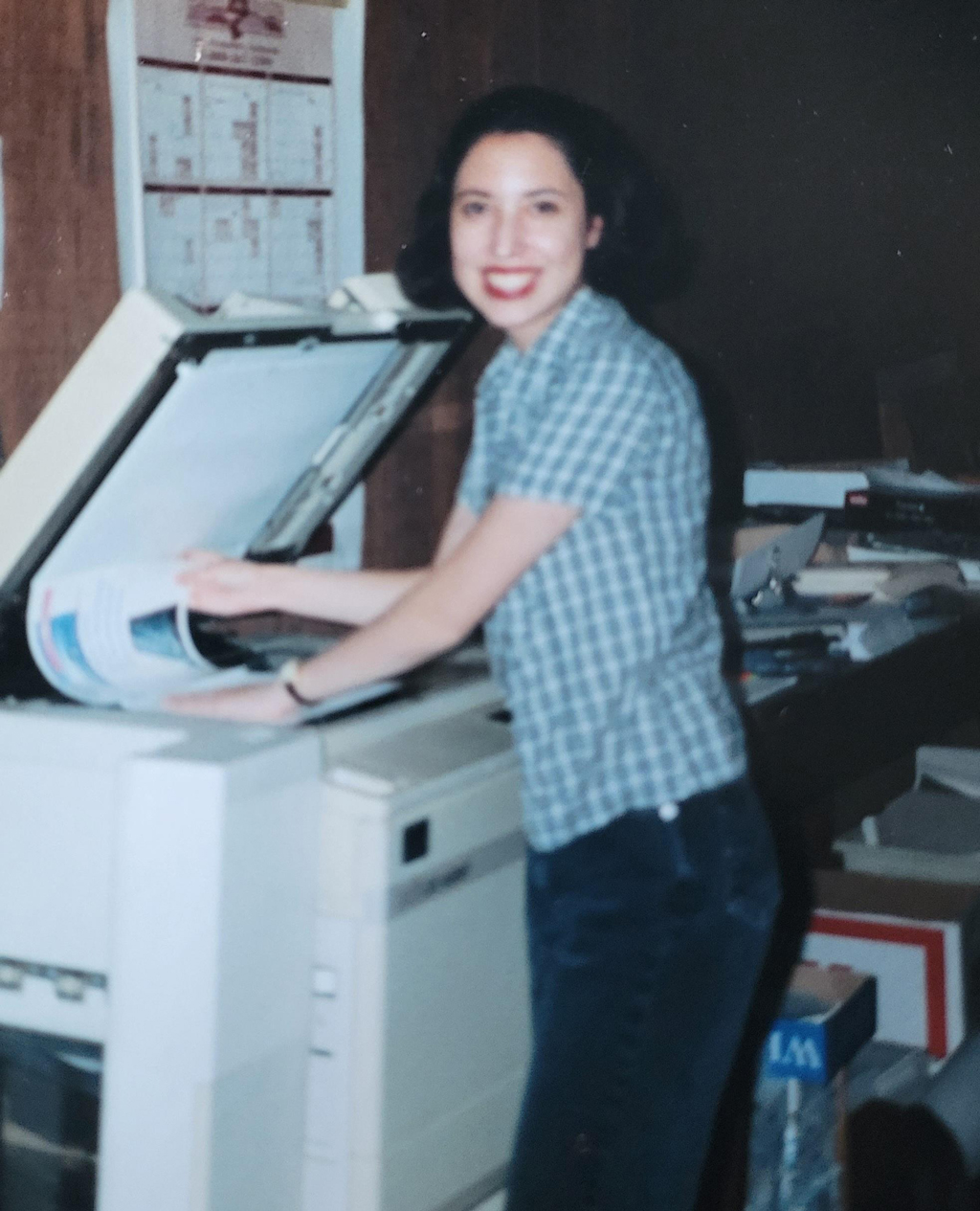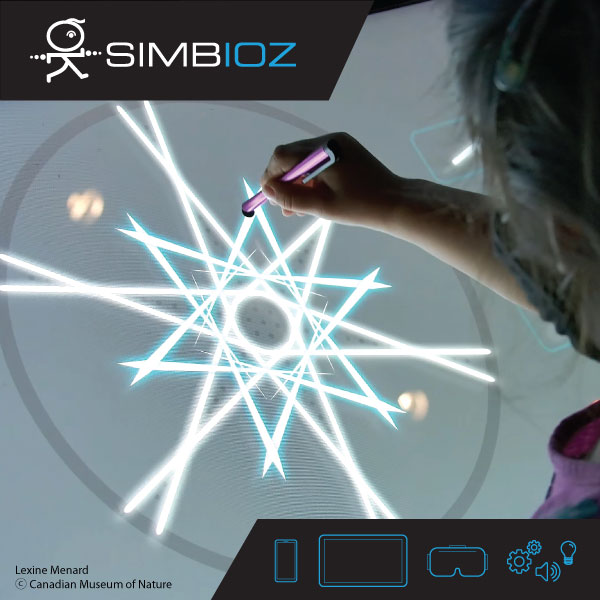Message from the Executive Director
Janis Kahentóktha Monture

Janis Monture during her 3-month placement at Woodland Cultural Centre.
It has been 20 years since I graduated from the Applied Museum Studies course at Algonquin College. When I was debating what I wanted to do as a career after university, I thought of the fond memories I had during my summer job placements with the Woodland Cultural Centre at Six Nations of the Grand River. I loved giving tours of the museum and working in the library archives and conducting research. While flipping through the college course catalogue I thought wow I can study museum studies and make a career in this sector?
I remember how excited I was that first day in class to start this new chapter in my learning. One of our first assignments was to visit the museums in the Ottawa area. It sounded like one of the best assignments I have ever had! However, that elation fell to disappointment when I took part in that field trip. I remember walking through the museum entrance and didn’t see any recognition of whose traditional territory we were on. As I walked through the pre-contact displays, I noticed that is when my Indigenous people’s stories stopped. Very little was mentioned beyond contact of Indigenous contributions to Canada nor were any of the Nations listed in their Indigenous languages.
That field trip and assignment were the defining point for the rest of my museum studies journey. I referenced time and time again in several of my courses that my people (Kanien’kehà:ka – Mohawk) were not a civilization kept under glass display cases. I constantly challenged how Indigenous people and their cultural belongings were represented in museums. As the only Indigenous student in my cohort, it was difficult sometimes to listen to the western techniques employed in conservation and collections management that have done so much harm to Indigenous communities.
In my final assignment I again pushed the boundaries in my museum studies curriculum by informing my professors that I was going to conduct a 3-month field placement at the Woodland Cultural Centre in which I would write a sacred and ceremonial policy for an Indigenous collection. In my assignment pitch session, all three of the professors indicated this assignment was far too ambitious and suggested perhaps I focus on another subject matter. Well of course, I declined and set out to prove my advisors wrong. In my final research I indicated I could not include all my primary research as I consulted Indigenous knowledge holders whose information was not for non-Indigenous people – something I thought they might fight me on. However, my advisors understood and, in the end, I received a near perfect grade for the sacred and ceremonial policy.
Reflecting on my museum studies courses I learned a lot and the course work laid out the foundations I needed in my career. However, if I had not pushed for more Indigenous methodology or inclusion, I would have sorely missed some amazing opportunities. It is important that museum studies curriculum also undertake a curriculum review in line with UNDRIP and Indigenous self-determination for future generations of museum workers.
